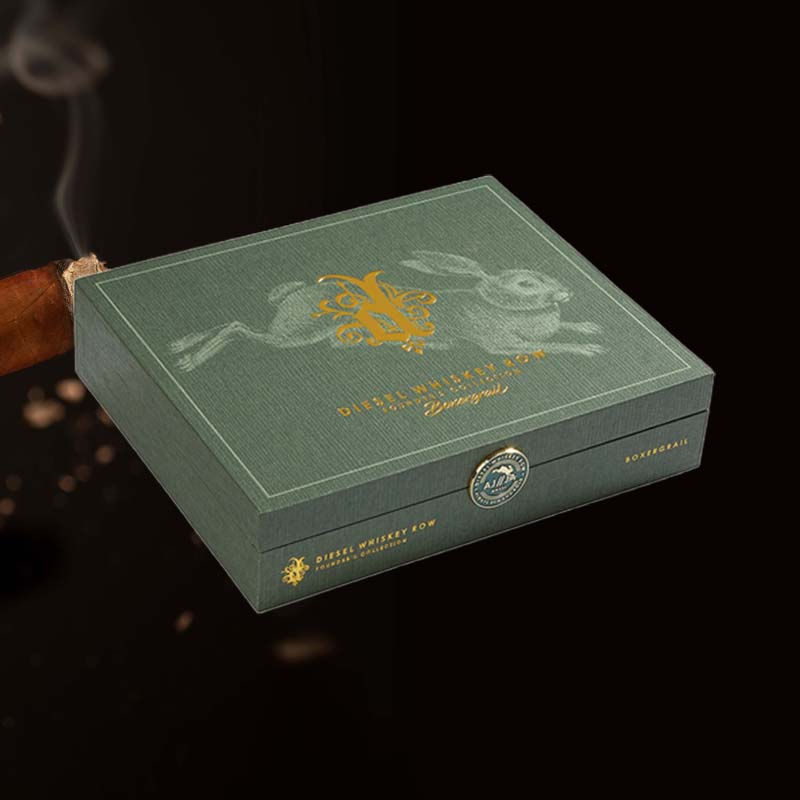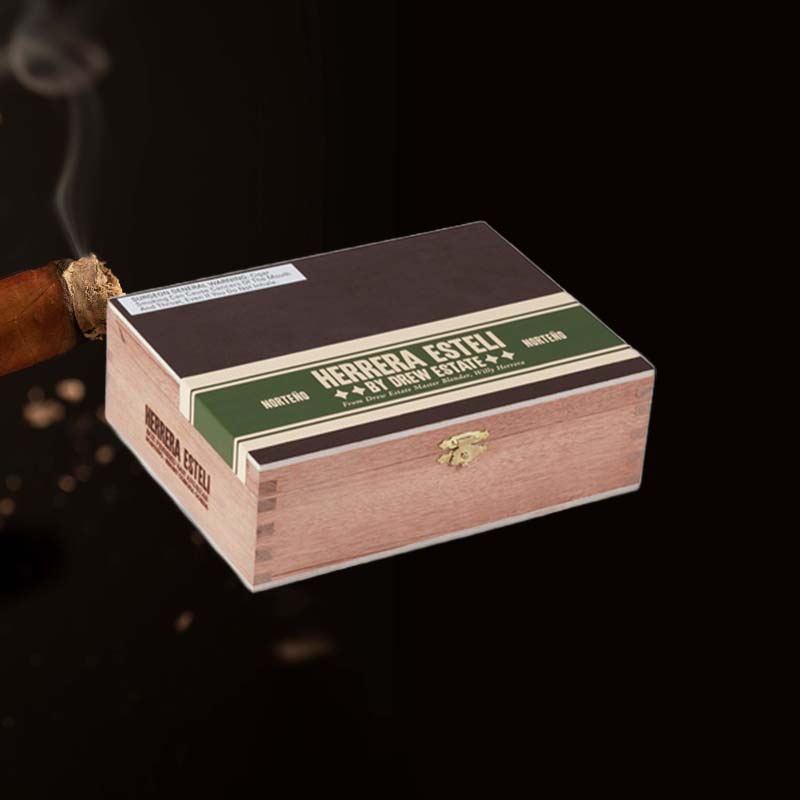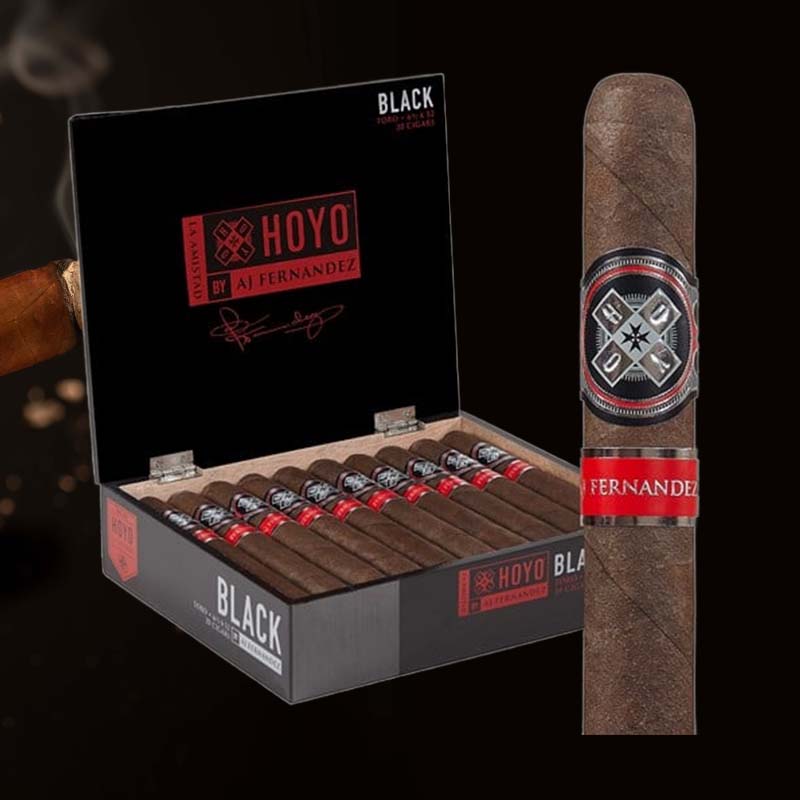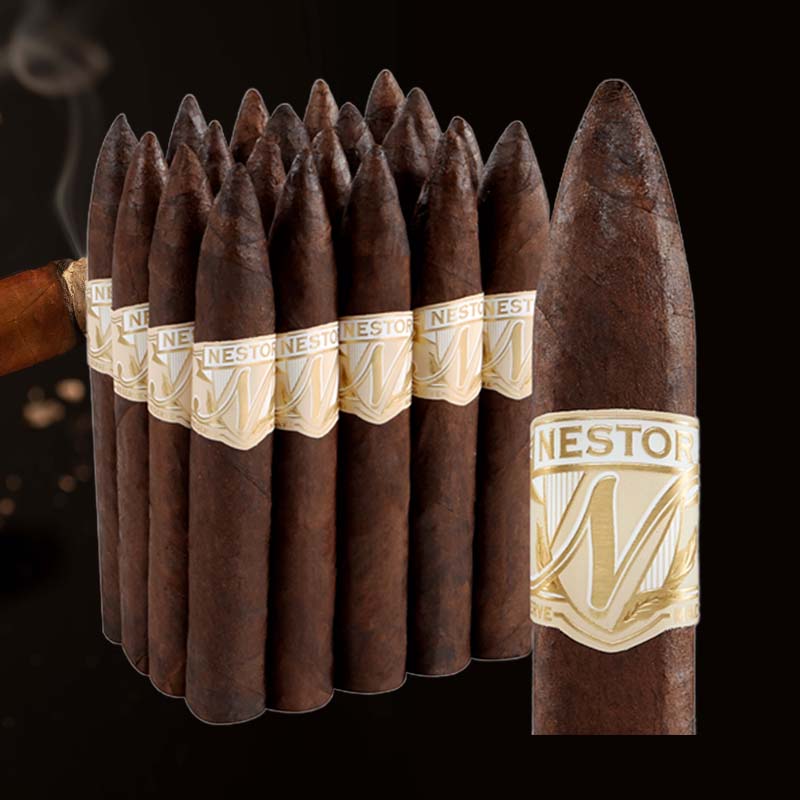How to light a torch lighter
As someone who appreciates the rich, intricate flavors of a good cigar, I can’t stress enough the importance of lighting it correctly. The right flame ensures an even burn, improving the overall experience. Today, I want to share my journey into the world of torch lighters—those powerful little tools that can elevate your smoking ritual to a whole new level.
Steps to Light a Torch Lighter
Step 1: Gather Your Materials
Before I embark on lighting my favorite cigar, I make sure to have everything I need within arm’s reach. This includes:
- Your torch lighter
- Cigar or item to be lit
- Any additional tools (e.g., cigar cutter)
Step 2: Prepare the Lighter
Next, I ensure my torch lighter is ready to go. That means checking for any visible fuel and making sure there are no obstructions. Just like we wouldn’t show up to the track without checking our car, the same holds true for my torch lighter!
Step 3: Adjust the Flame Height
One of the first adjustments I make is setting the flame height. A higher flame provides a broader area for lighting, but it can be tricky for precision. I prefer finding a comfortable mid-point for optimal control. This adjustment brings me confidence as I prepare to light up.
Step 4: Activate the Flame
With the lighter prepped, I now click the ignition button. Some torches ignite with a satisfying zap, and I feel that rush of anticipation. Remember to keep my face at a safe distance while doing this—safety first!
Step 5: Position the Lighter Properly
Positioning is key. I angle my torch lighter’s flame at about a 45-degree angle towards the foot of my cigar. This way, I can get an even light. I find this angle allows for a perfect touch.
Step 6: Light Your Cigar or Item
Now comes the exciting part! As I bring flame to my cigar, I gently rotate it, ensuring that the entire foot gets an even light. Watching that cigar char just right is almost meditative for me.
Step 7: Adjust and Maintain the Flame
While I’m lighting, I continuously monitor the flame to ensure it remains stable. If I need to adjust it, I don’t hesitate. After all, the goal is to create a perfect smoking environment!
Expert Tips for Using a Torch Lighter
Choosing the Right Torch Lighter
Choosing a torch lighter is pivotal. I look for one that feels right in my hand, offers a reliable flame, and holds enough fuel to get through several sessions. Consider portability too if you’re often on the go!
Understanding Different Flame Sizes
Not all flames are made equal. Some are wider for rapid lighting, while others are focused for precision. I adapt my choice based on the environment—wider flames for outdoors, precise flames for indoor settings.
Common Issues and Troubleshooting
What to Do When Your Torch Lighter Isn’t Working
If my torch lighter isn’t lighting, I start with a quick inspection. Maybe it’s low on fuel or has a clogged nozzle. Quick troubleshooting usually does the trick.
How to Refill Your Torch Lighter
Refilling my torch lighter is a simple process. I hold it upside down and insert the fuel canister’s nozzle into the refill valve, pressing down to fill it. I usually let it rest for a few minutes after refilling to avoid any mishaps.
Safety Precautions for Using Torch Lighters
General Safety Tips
Safety is paramount. I always keep my torch lighter away from flammable materials and avoid lighting it indoors unless necessary. Keeping a well-ventilated space helps immensely.
Proper Storage of Your Torch Lighter
I store my torch lighter upright, away from extreme temperatures. I’ve learned that moisture can also cause malfunctions, so keeping it dry is key!
Post-Lighting Maintenance
How to Clean Your Torch Lighter
Every so often, I dedicate time to clean my lighter. Using a soft cloth, I wipe the exterior and inspect the nozzle for debris. A clean lighter is essential for a reliable flame.
When to Replace Your Lighter
I’ve learned to recognize the signs of a dying torch lighter: inconsistent flames and difficulty igniting are major flags. Replacing it promptly ensures I never compromise my smoking experience.
Advanced Techniques for Lighting with a Torch Lighter
Manipulating Flame for Better Lighting
Sometimes, I find that adjusting the angle or distance of the flame can provide a better lighting experience. It’s all about patience and observation.
Combining with Other Tools for a Perfect Light
I’ve learned that using a cedar spill or wooden stick can enhance the lighting process. The aromatic wood adds depth, and the ease of lighting makes it even more enjoyable.
Frequently Asked Questions
How to Fix a Clogged Torch Lighter
If my torch lighter is clogged, I use a small needle to gently clear the nozzle. Patience is key; I make sure not to apply too much pressure.
What Fuel is Best for Torch Lighters?
I’ve found that butane is the best fuel for torch lighters. It burns cleaner and more efficiently, ensuring a reliable light every time.
Conclusion
Recap of Key Points on Lighting a Torch Lighter
To recap, preparing my torch lighter for use involves gathering materials, adjusting the flame height, properly positioning the lighter, and cleaning it regularly. Each smaller step contributes to a greater satisfaction while enjoying my favorite cigars. Happy lighting!
FAQ
How do you light a torch with a lighter?
I simply press the ignition button while aiming the flame at the item I want to light, like a cigar or candle.
Why does my torch lighter spark but not light?
This typically indicates a need for fuel refill or a clogged nozzle that’s preventing ignition.
How to start a handheld torch?
Most handheld torches light similarly—press the ignition button while adjusting the flame towards your intended item.
Why isn’t my torch lighter working?
Issues could stem from low fuel, clogs, or misalignment of components. A quick inspection usually helps.











